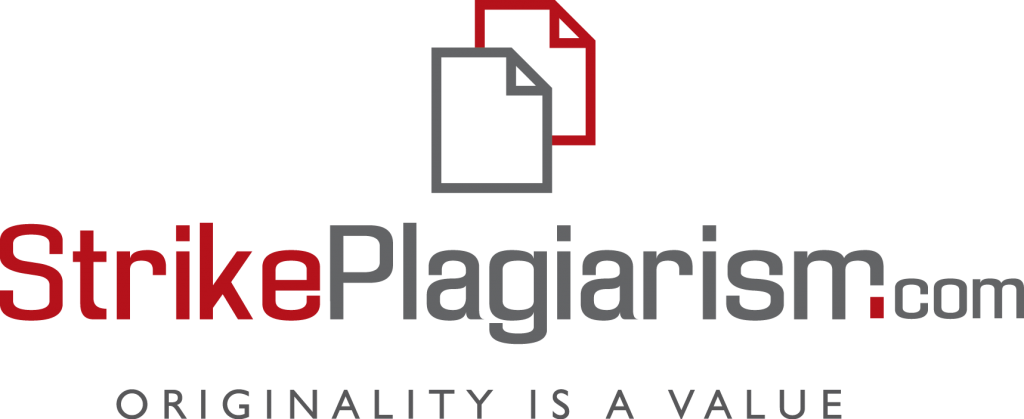CRANKSHAFT FORGING, TAKING INTO ACCOUNT THE IMPACT OF DEFORMATION MODES ON THE QUALITY OF FORGINGS
DOI:
https://doi.org/10.32782/3041-2080/2025-4-34Keywords:
forging, crankshaft, forging, deformation unevennessAbstract
The study addresses an approach to improving the free forging technology of crankshaft forgings by analyzing the uneven distribution of deformation within the workpiece volume. The relevance of the research is driven by the need to enhance the uniformity of mechanical properties of parts, minimize internal defects, and reduce metal and energy consumption. One of the critical stages is the metal transfer process during free forging, which is often accompanied by an uneven distribution of plastic deformation, leading to internal stresses and distortion of the workpiece. Using the “swage” tool, it is possible to purposefully control local metal stresses and direct metal flow for subsequent operations, contributing to a more uniform distribution of plastic deformation. The application of the swage increases the homogeneity of the forging structure, reduces the risk of internal defects and distortions, and optimizes the energy consumption of the process. To evaluate the nature of deformation, a method for determining the unevenness of plastic deformation based on the analysis of cross-sections of the forging was applied. The methodology involves identifying areas with maximum deformation intensity, allowing the investigation of the stress-strain state. The obtained results made it possible to establish the relationship between tool geometry, deformation parameters (temperature, degree of deformation), and the nature of deformation distribution. This approach allows for predicting critical zones, justifying the selection of forging modes, and adapting the technology to the specific features of individual parts, which contributes to reducing forging distortion, increasing structural uniformity, and improving technological heredity. The research results can be used to design effective free forging processes for critical parts, particularly crankshafts, with predictably stable operational properties.
References
Удосконалення технології виготовлення крупних поковок на основі використання нового способу осадження / О. Є. Марков та ін. Обробка металів тиском. 2020. № 1(50). С. 91–97.
Розроблення нового способу осадження крупних злитків / О. Є. Марков та ін. Вісник НТУ «ХПІ». Серія «Інноваційні технології та обладнання обробки матеріалів у машинобудуванні та металургії». 2018. № 31(1306). С. 56–60.
Kargin S. B. Development and investigation of resources-saving process of shafts forging. Die Forging. Metallurgical and Mining Industry. 2015. № 1. P. 33–36.
Markov O. E., Oleshko M. V., Mishina V. I. Development of Energy-saving Technological Process of Shafts Forging Weighing More Than 100 Tons without Ingot Upsetting. Metallurgical and Mining Industry. 2011. Vol. 3, № 7. P. 87–90.
Матюхін А. Ю., Альфьоров І. А., Стефаненко Т. А., Стефаненко О. В. Способи підвищення якості кування поковок високолегованих марок сталей та сплавів на гідропресах. Вісник НТУ «ХПІ». Серія «Інноваційні технології та обладнання обробки матеріалів у машинобудуванні та металургії». 2019. № 12(1337). С. 36–40.
Sharma S., Sharma M., Gupta V., Singh J. A systematic review of factors affecting the process parameters and various measurement techniques in forging process. Steel Research International. 2023. Vol. 94, Issue 5. P. 352.
Dyja H., Banaszek G., Berski S., Mroz S. Effect of symmetrical and asymmetrical forging processes on the quality of forged products. Journal of Materials Processing Technology. 2004. Vol. 157–158. P. 496–501.
Rao V. D. Metallurgical integrity for economic production of quality steel forgings for advanced applications. Materials Today: Proceedings. 2021. Vol. 39, Part 4. P. 1434–1439.
Dyja H., Mroz S., Milenin A. FEM modeling of hot forging with shape dies. Archives of Civil and Mechanical Engineering. 2006. Vol. 6, No. 4. P. 101–111.
Розроблення автоматизованої методики апроксимації діаграм рекристалізації для вибору термомеханічних режимів кування, що підвищують експлуатаційні властивості поковок валів / В. В. Кухар та ін. Вісник Вінницького політехнічного інституту. 2015. № 2. С. 123–130.
Dyja H., Banaszek G., Mroz S., Berski S. Modelling of shape anvils in free hot forging of long products. Journal of Materials Processing Technology. 2004. Vol. 157–158. P. 131–137.
Torims T., Pikurs G., Ratkus A., Logins A., Valcans J., Sklariks S. Development of technological equipment to laboratory test in-situ laser cladding for marine engine. Procedia Engineering. 2015. Vol. 100. P. 559–568.
Forging Technology and Improvement of Passenger Car Crankshaft. – URL: https://www.linkedin.com/pulse/forging-technologyimprovement-passenger-car-crankshaft (дата звернення: 20.06.2025).
Enzi A., Khan S. A. Automated Production Line Reliability Analysis of the Crankshaft Manufacturing Process. Advances in Science and Technology Research Journal. 2022. Vol. 16, No. 1. P. 15–27.
Дослідження нового способу кування великих злитків на основі осадження профільованих заготовок / О. Марков та ін. Технічні науки та технології. 2022. № 1(27). С. 47–48.
Mašek B., Nový Z., Kešner D., Meyer L. Computer simulation of technological chain by free forging. 2015. URL: https://www.researchgate.net/publication/268432694/download
Mašek B., Nový Z., Kešner D. 3D simulace pěchování a prodlužování kovářského ingotu I 45. URL: https://docplayer.cz/16519172-3d-simulace-pechovani-a-prodluzovani-kovarskeho-ingotu-i-45.html
Markov O. New Technological Process of Shafts Forging. New Technologies and Achievements in Metallurgy and Materials Engineering. Czestochowa: Quick-druk, 2012. P. 414–418. ISBN 978-83-87745-74-5.
QForm UK. URL: https://www.qform3d.com/ (дата звернення: 21.06.2025).
Розроблення технологічної концепції проєктування процесів кування з урахуванням впливу режиму деформування на якість поковок / В. Л. Чухліб та ін. Вісник Національного технічного університету «ХПІ». Серія «Гідравлічні машини та гідроагрегати». 2021. № 1. С. 95–103.
Downloads
Published
Issue
Section
License

This work is licensed under a Creative Commons Attribution-NonCommercial 4.0 International License.





